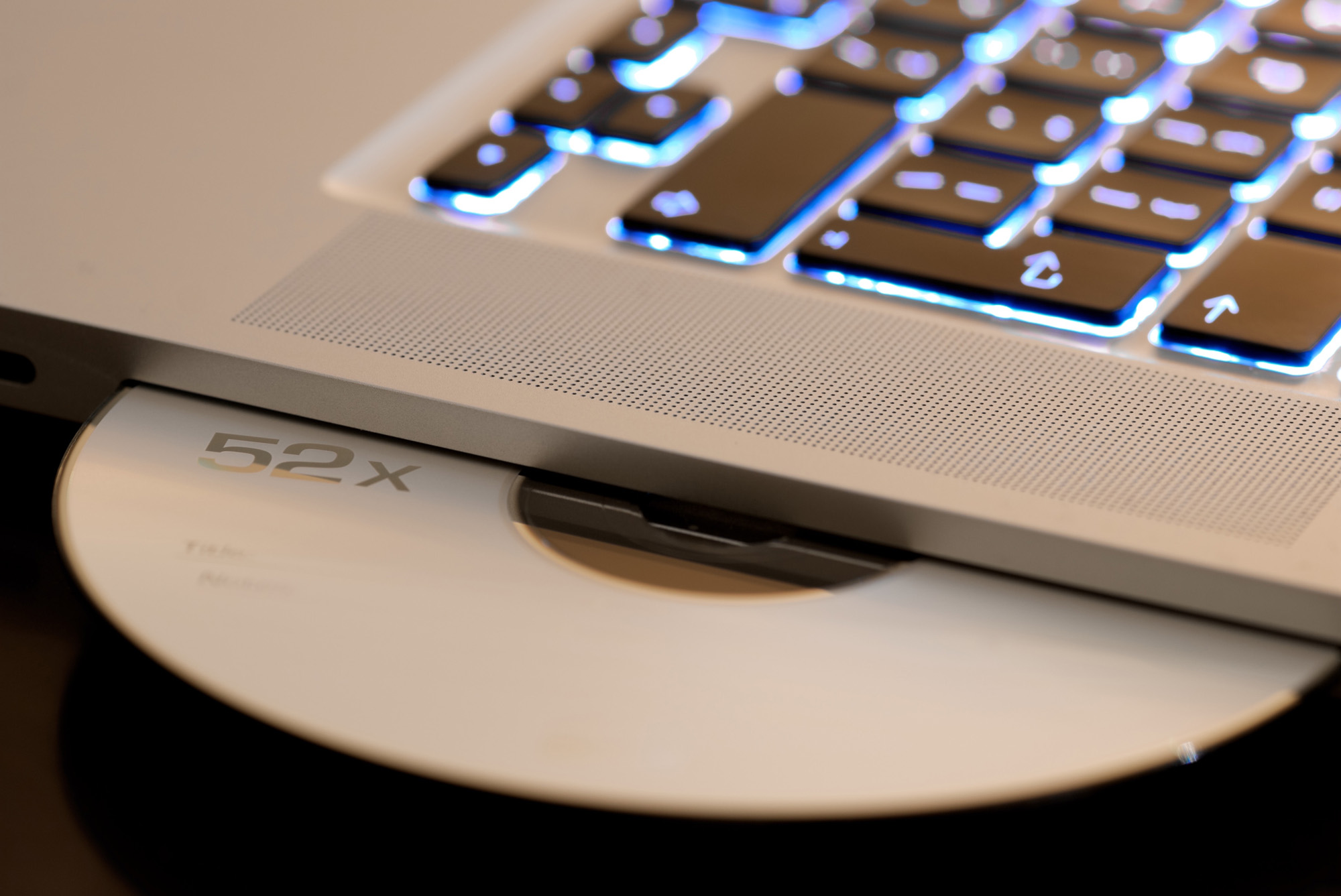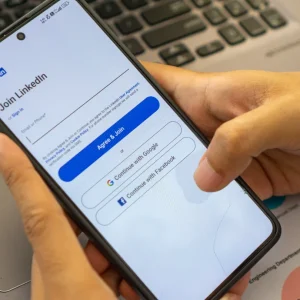
The Department for Transport (DfT) says it is looking to upgrade its X-ray screening test for airport security teams — with the current competency test only currently featuring a simple batch of 2D images that are distributed via CD.
Prime Minister Boris Johnson late last year announced that by December 1, 2022, all major UK airports will be required to have 3D cabin baggage screening equipment in place. (Such systems are being trialled in Heathrow).
In a contract notice published January 6, the DfT noted that the existing test “contains around 100 static 2D X-ray images across different test criteria with no interaction possible and does not address new 3D X-ray screening technologies.”
The National X-ray Competency Test (NXCT) is a test taken by all UK aviation security screeners in order to assess their ability to correctly interpret X-ray screen images that are displayed during the course of their work.
At the moment the competency test is distributed via Compact Discs that hold three separate tests, each for different screening areas such as cabin baggage screening, hold baggage screening and cargo/mail screening.
This process involves a trainer overseeing the local delivery of the NXCT tests, following installation on a local PC via CD.
Airport X-ray Screening Operators Testing System
The digital service system that will be developed will primarily be used by employees of the DfT and the Civil Aviation Authority (CAA), and of course the training providers who will oversee the training itself.
The winner of the contract will help to create new test images and will be required to review the existing processes used to create and update questions on the test, as well as facilitate a faster way to ingest images into the test as new threats emerge that call for employees to receive additional training.
One of DfT’s requirements is that employees can interact with 2D and 3D security X-ray images via a web browser without the need to own or use a computer with a disc drive and high quality hardware components.
DfT notes that: “Informal conversations have been had with knowledgeable parties on the type of underlying graphics engine that may be required for the DNXCT. This is the ability for complex 3D X-ray imagery to be transmitted and manipulated via a web browser with relatively low hardware requirements.” After these consultations DfT conclude that they will not need to build such an engine from the ground up.
The contract has the modest budget of £83,000, with delivery of an upgraded test expected to last for 6-8 weeks.






